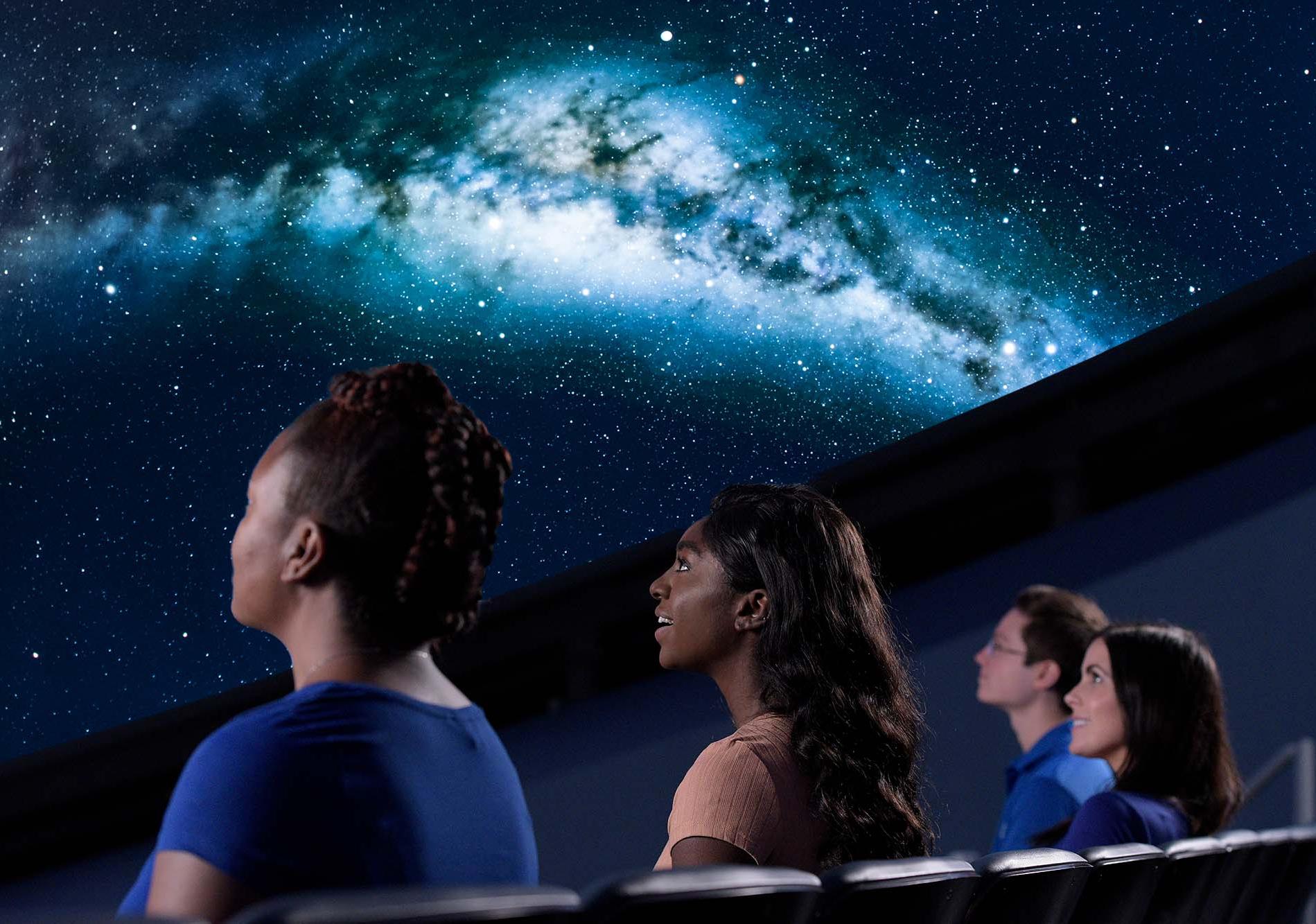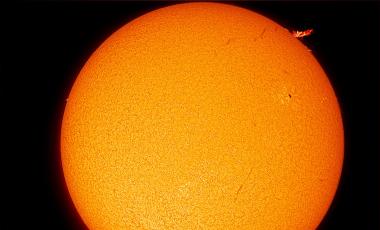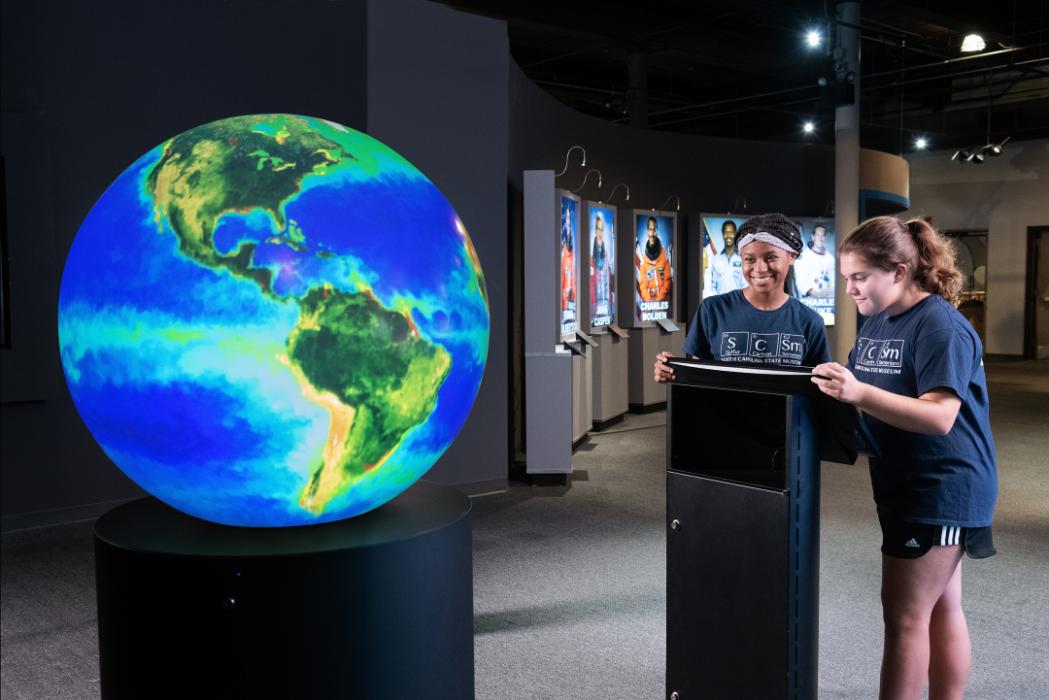
By Liz Klimek, Planetarium Manager
As the New Horizons spacecraft races toward Pluto, we at the BlueCross BlueShield of South Carolina Planetarium have been talking more about it during our live sky presentations. Some questions that commonly come up afterward are: Why was Pluto demoted? If Pluto's not a planet, what exactly is it anyway?
Pluto's reclassification from planet to dwarf planet in 2006 sparked strong public opinions. To this day, even astronomers aren't in total agreement about it. Regardless of how you might feel about the situation, it's safe to say that everyone agrees on this: Pluto is still very much part of our solar system.
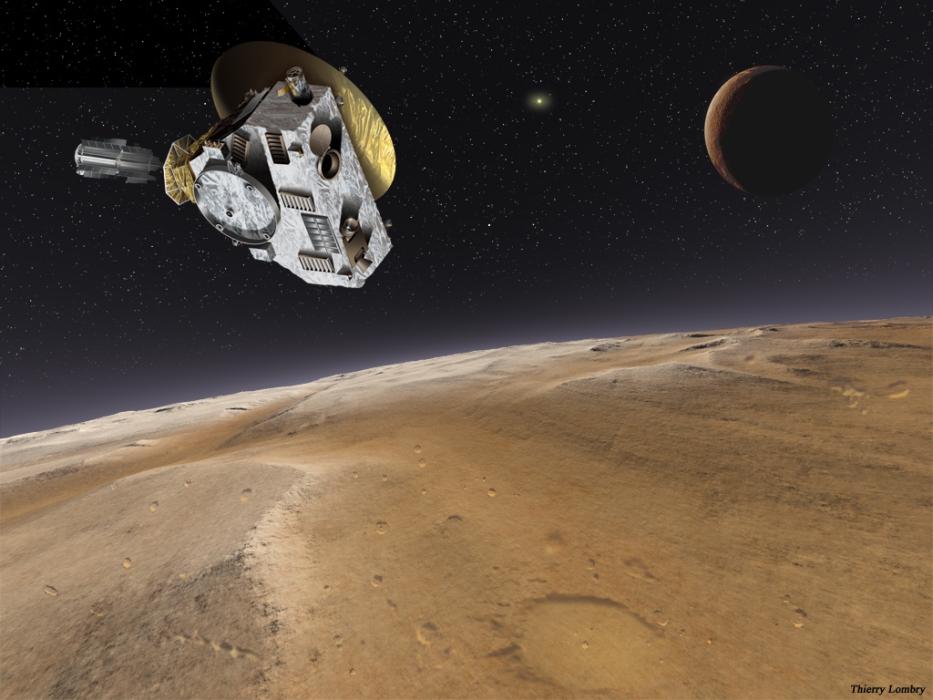
Rendering of New Horizons flyby of Pluto. Image Credit: NASA
Pluto was always special. Even when it was considered a planet, it was always a bit of an oddball. For one thing, it breaks the pattern of rocky worlds being closest to the Sun and gas giants being farther out, beyond the asteroid belt. Also, its orbit is highly inclined, or dramatically tilted, compared to the orbits of the rest of the planets. On top of that, it has a moon that is roughly half its size. (In comparison, our Moon is only about a quarter of the size of Earth.)
As our telescopes and detectors improved, we started to find more objects like Pluto. They were given exotic names like Eris, Haumea, Makemake, and Quaoar. Astronomers started to realize why Pluto is so different. It belongs to a whole other family of objects, hundreds to thousands of them, in the far reaches of our solar system.
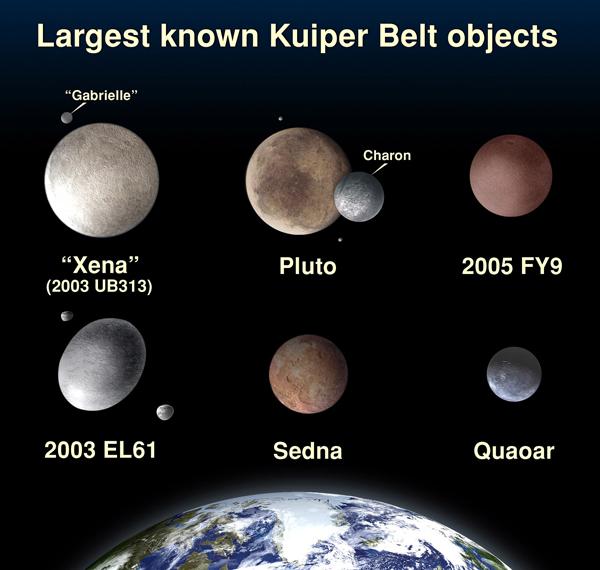
Kuiper Belt objects Eris (formerly “Xena”), Pluto, Makemake (formerly 2005 FY9), Haumea (formerly 2003 EL61), Sedna, and Quaoar. Image Credit: NASA.
Pluto, therefore, really wasn't demoted. In a way, it's even more special now than it ever was before, because it's the first of its kind to have been discovered. It's sort of an ambassador for a whole population of celestial bodies that we never knew existed until very recently. There are many, many more mysterious worlds out there for us to explore!
When I was growing up, Pluto was a planet. It had one moon, Charon. Now, Pluto is a dwarf planet, with five moons: Charon, Nix, Hydra, Styx, and Kerberos. After New Horizons sends back images of all the amazing things it sees, astronomy textbooks will change again. What will be written, and what images will be added? We can't wait to see!
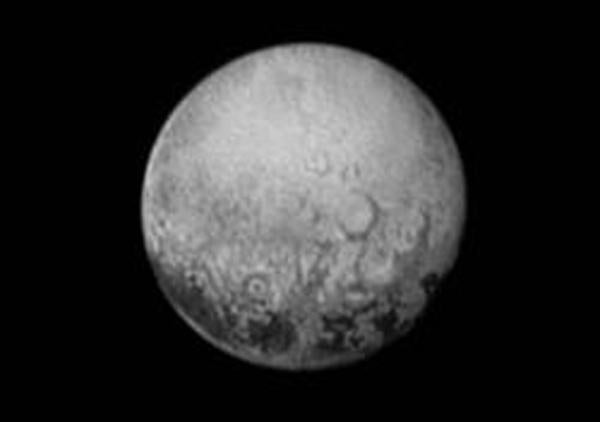
Pluto, as seen by the New Horizons spacecraft on July 11, 2015, from a distance of 2.5 million miles. Image Credits: NASA/Johns Hopkins University Applied Physics Laboratory/Southwest Research Institute.

